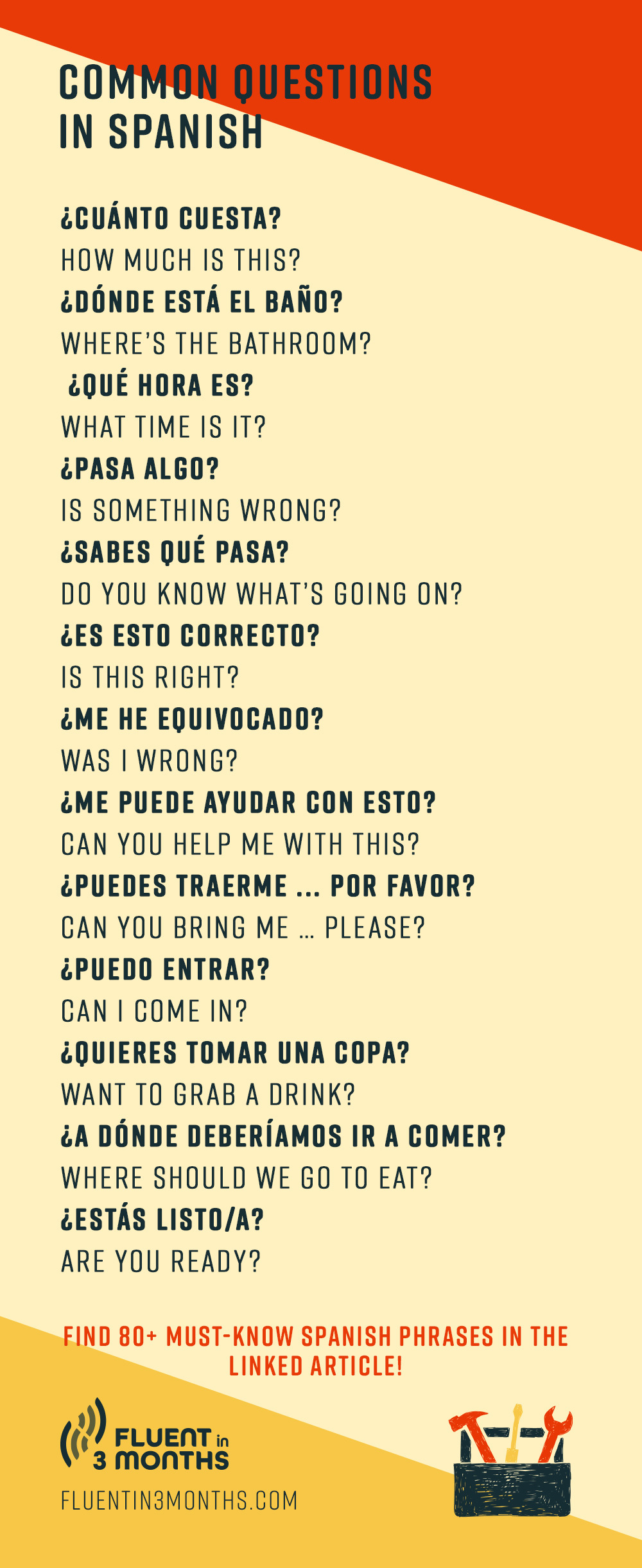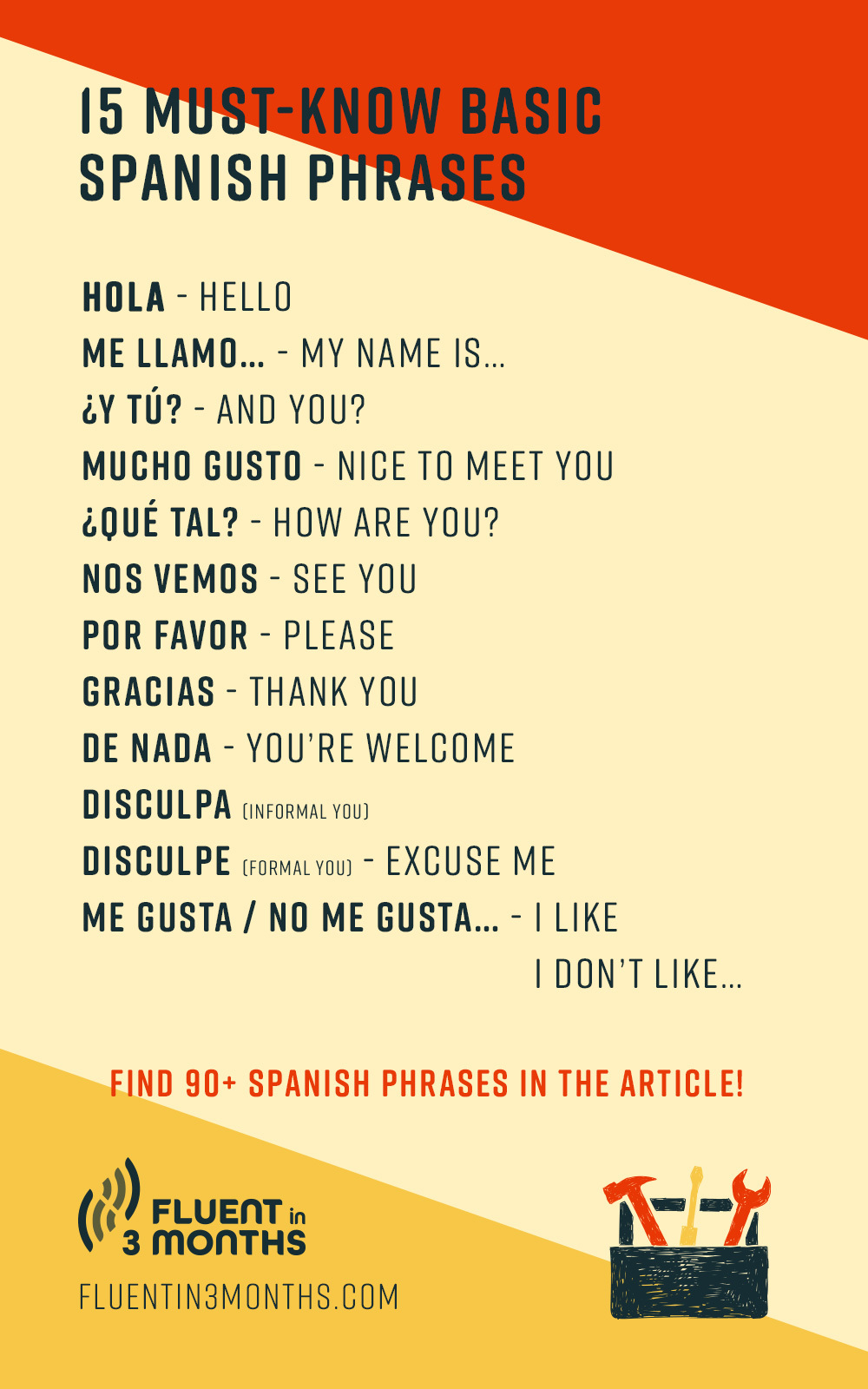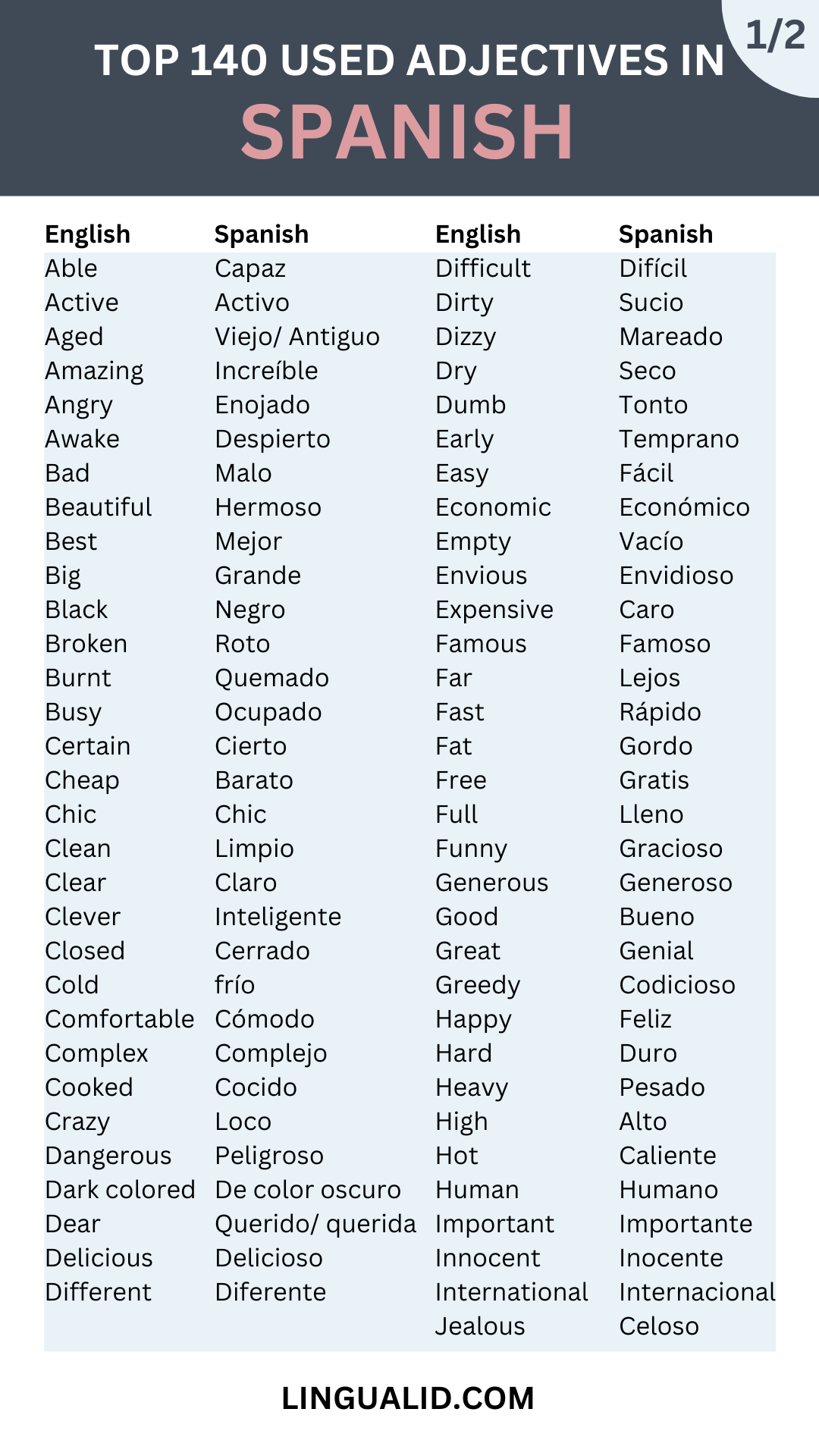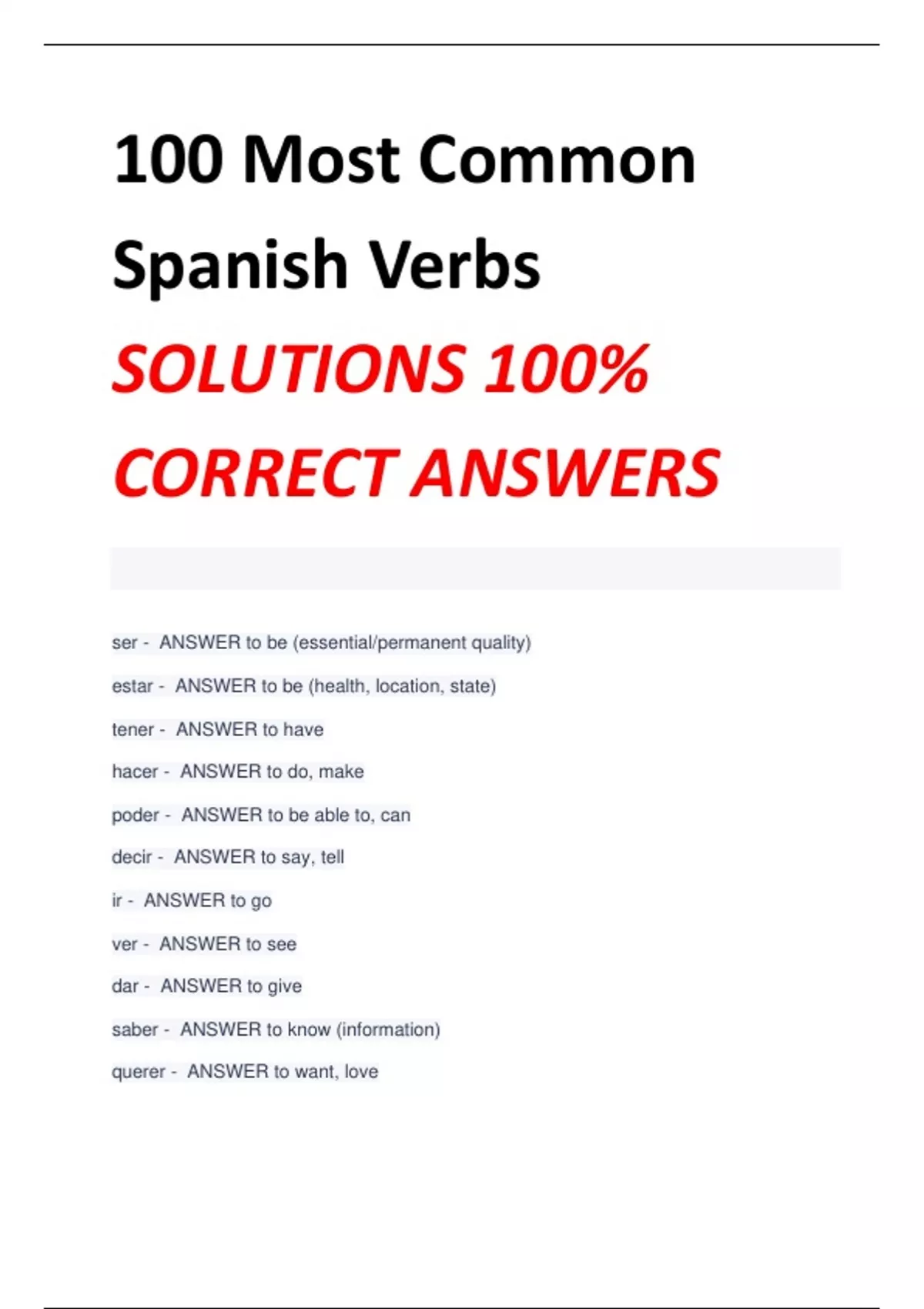Are you ready to dive into the fascinating world of Spanish phrases? Today, we’re exploring a commonly used expression that can be a bit tricky to understand: “No te hagas”. Get ready to unlock its meaning and discover the hidden nuances of this playful Spanish phrase!

100 Most Common Spanish Verbs – Source mungfali.com
When we communicate, there are times when we may encounter misunderstandings or situations where we feel the need to express disbelief or convey a sense of playfulness. “No te hagas” is a versatile phrase that can fulfill these purposes, making it a valuable addition to your Spanish vocabulary.

100 Most Common Phrases In Spanish – Printable Templates Free – Source read.cholonautas.edu.pe
Target of “No Te Hagas”: Exploring A Common Spanish Phrase
“No te hagas” literally translates to “don’t make yourself”. However, its meaning goes beyond a simple command. It is commonly used to express disbelief, playfully tease someone, or convey a sense of surprise or amusement.

Learn Spanish In 5 Minutes Funny – Source ar.inspiredpencil.com
Key Points: Understand The Meaning Of “No Te Hagas”: Exploring A Common Spanish Phrase
In a nutshell, “no te hagas” is a Spanish phrase that serves as a versatile tool for expressing disbelief, teasing, or conveying a playful tone. Keep this phrase handy to add a touch of Spanish flair to your conversations!

Common Spanish Words – Source ar.inspiredpencil.com
Imagine yourself in a lively conversation with a Spanish friend. They share an amusing story, and you can’t help but chuckle. “No te hagas,” your friend responds with a playful smile. In this context, “no te hagas” is not intended as a serious command, but rather a way to playfully acknowledge your laughter and share in the lighthearted moment.


Adjectives List In Spanish – Source ar.inspiredpencil.com
Let’s delve deeper into the meaning of “no te hagas”. It is often used to express disbelief or skepticism. Imagine your friend telling you about an unbelievable experience they had. You might respond with “No te hagas,” conveying your doubt or surprise in a lighthearted manner.


Tata la vida by grouprealtors – Issuu – Source issuu.com
History and Myth of “No Te Hagas”: Exploring A Common Spanish Phrase
The origins of “no te hagas” are rooted in the rich history of the Spanish language. It is believed to have emerged in the 16th century, initially used as a way to address someone who was pretending or acting in a certain way. Over time, its usage evolved to encompass the playful and teasing tone that we know today.


61 Common Spanish Phrases to Use With Kids: A Printable List – Spanish – Source www.pinterest.com
Exploring the Hidden Secret of “No Te Hagas”: Exploring A Common Spanish Phrase
“No te hagas” is more than just a playful phrase; it holds a hidden secret. When used in the right context, it can be a powerful tool for expressing affection or intimacy. Imagine a couple sharing a tender moment, and one whispers “no te hagas” to the other. In this scenario, the phrase conveys a sense of playful endearment, adding a touch of warmth to the interaction.

![Top 200 Common Verbs In Spanish [AUDIO] - Lingualid Top 200 Common Verbs In Spanish [AUDIO] - Lingualid](https://lingualid.com/wp-content/uploads/2023/03/3-Top-200-Common-Verbs-In-Spanish.png)
Top 200 Common Verbs In Spanish [AUDIO] – Lingualid – Source lingualid.com
Recommendations for Understanding “No Te Hagas”: Exploring A Common Spanish Phrase
To fully grasp the nuances of “no te hagas”, immersion is key. Surround yourself with Spanish speakers, watch Spanish movies, and read Spanish literature. These experiences will help you develop a natural feel for the language, including the proper usage of this versatile phrase.


Spanish Greetings Worksheet – Source animalia-life.club
Let’s uncover the deeper meaning behind “no te hagas”. It is not merely a phrase to express disbelief or playfulness; it is a reflection of the Spanish culture’s emphasis on social interaction and camaraderie. When you use “no te hagas”, you are not only communicating a message but also participating in a shared cultural experience.


100 Most Common Spanish Verbs SOLUTIONS 100% CORRECT ANSWERS – Spanish – Source www.stuvia.com
Mastering the art of “no te hagas” requires practice and attention to context. It is essential to understand the social cues and cultural norms that surround its usage. By observing how native Spanish speakers employ the phrase, you can refine your own usage and avoid any potential misunderstandings.

To expand your knowledge of “no te hagas”, consider exploring related phrases such as “no te hagas el tonto” (don’t play dumb) or “no te hagas la víctima” (don’t play the victim). These expressions share a similar playful tone while conveying specific nuances.

Discover the fun facts surrounding “no te hagas”. Did you know that the phrase has been used in Spanish literature for centuries? It can be found in works by renowned authors like Miguel de Cervantes and Federico García Lorca, adding a touch of playful banter to their literary masterpieces.

Understanding “no te hagas” is a valuable skill for effective communication in Spanish. By incorporating this versatile phrase into your vocabulary, you can express disbelief, playfully tease, or convey a sense of camaraderie with native Spanish speakers. Embrace the nuances of this common Spanish phrase, and enhance your Spanish language skills!

Question and Answer Section about Understand The Meaning Of “No Te Hagas”: Exploring A Common Spanish Phrase
-
What is the literal translation of “no te hagas”?
Don’t make yourself.
-
How is “no te hagas” typically used?
To express disbelief, playfully tease, or convey a sense of surprise or amusement.
-
Can “no te hagas” be used to express affection or intimacy?
Yes, when used in the right context, it can convey a sense of playful endearment.
-
How can I improve my usage of “no te hagas”?
Immerse yourself in Spanish, practice with native speakers, and pay attention to the social cues and cultural norms surrounding its usage.
Conclusion of Understand The Meaning Of “No Te Hagas”: Exploring A Common Spanish Phrase
Adding “no te hagas” to your Spanish vocabulary is like unlocking a secret code to enhance your communication skills. Whether you’re expressing disbelief, teasing a friend, or sharing a playful moment, this versatile phrase will serve you well. Embrace its nuances, practice its usage, and enjoy the camaraderie that comes with authentic Spanish expression!